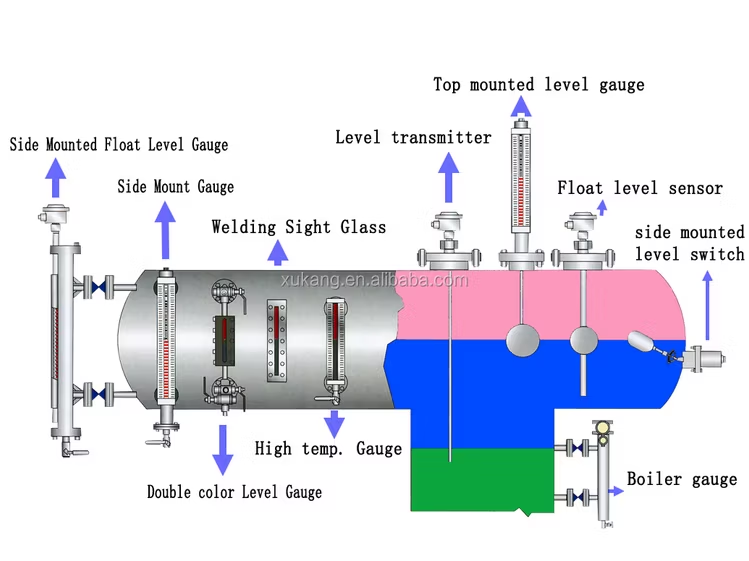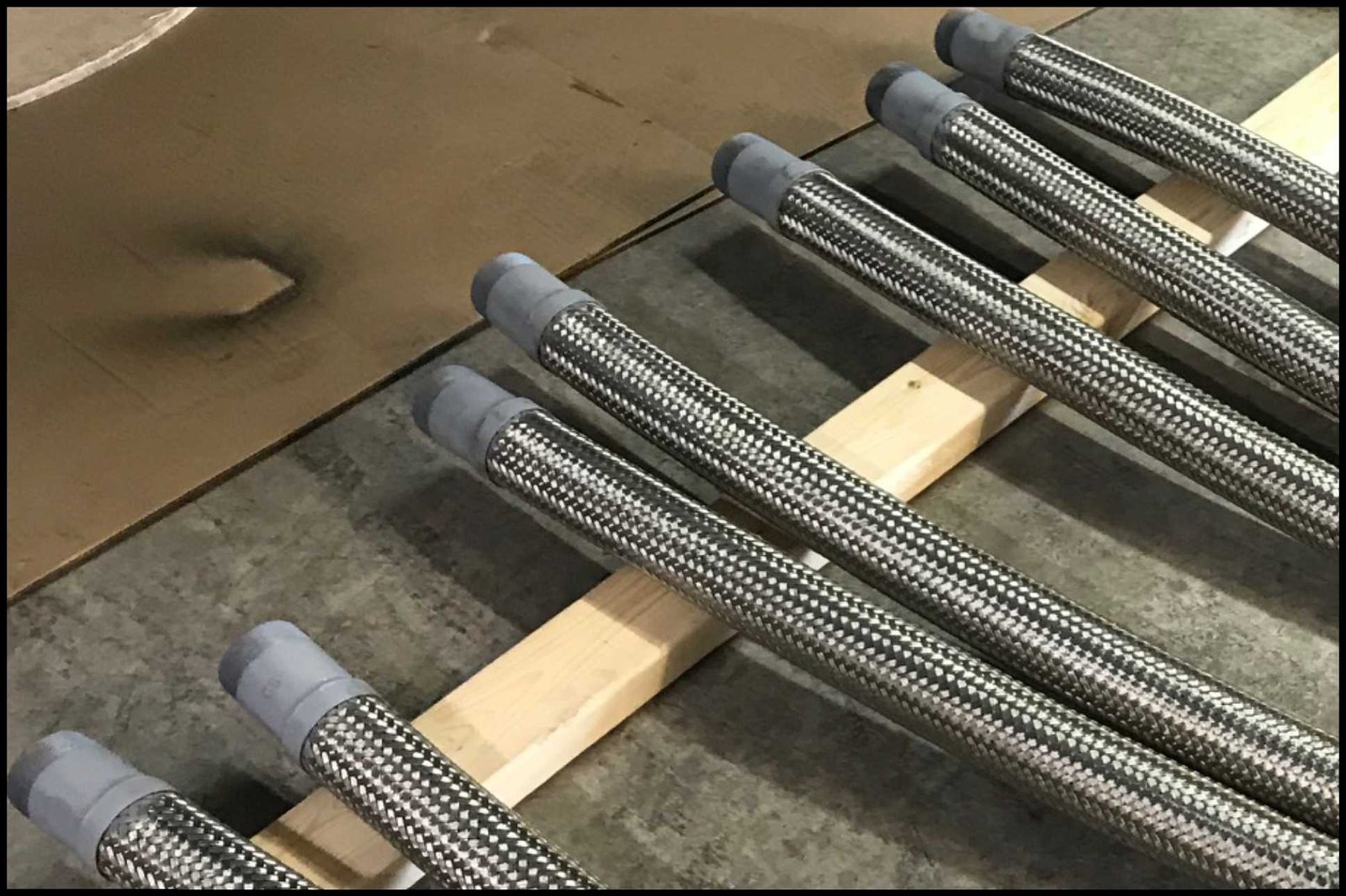Across Malaysia, shoppers now choose more than just a product. They consider how brands treat the environment. When a company uses eco-friendly packaging, it tells people that the business values nature, health, and responsibility. Packaging no longer serves as just a wrapper. It plays a major part in how people view the entire brand. As consumers grow more aware, brands must also grow. In this shift, the package often becomes the first voice a brand uses to connect with buyers.
Why Packaging Influences Trust?
A product’s packaging does more than cover its contents. It communicates purpose, care, and respect. Malaysian buyers observe the materials, design, and waste left behind. These small details help them decide whether a brand respects their values.
Most shoppers trust companies that reduce waste, reuse materials, and make recycling easy. A thoughtful design, paired with the right materials, creates a lasting first impression. When people unwrap something with minimal waste, they feel that the brand tried to do what’s right.
A package speaks clearly when it:
- Avoids excess materials that create waste
- Uses easy-to-dispose or reusable materials
- Tells a simple, meaningful story about the product
These qualities strengthen the bond between product and person.
Malaysia’s Shift in Environmental Awareness
In recent years, Malaysians have begun to notice the damage caused by plastic and other waste. People see blocked drains, dirty rivers, and wildlife in danger. As these problems grow, so does public concern.
Many now ask: “Can this product avoid harm?” or “What happens to this after I throw it away?” This awareness drives changes in shopping habits. People don’t just want useful products. They also want brands that stand with them in protecting nature.
When brands use sustainable packaging solutions, they prove that they care. This care builds goodwill and long-term loyalty.
What Buyers Expect from Packaging?
People in Malaysia expect packaging to serve a greater purpose. They want it to protect the product and the planet. Good packaging fits neatly into daily life. It should be simple to reuse, recycle, or compost.
Customers expect packaging that:
- Looks clean and tidy without using too much
- Holds the product safely from the store to the home
- Breaks down easily when discarded
When packaging works well and causes little harm, it becomes part of the customer’s routine. The brand earns a spot in that routine too.
Packaging Builds Long-Term Loyalty
A strong reputation grows when customers return again and again. In Malaysia, loyalty grows from trust. That trust grows through thoughtful actions — not just promises.
When shoppers see eco-friendly packaging, they believe the brand plans for the future. It shows the company wants to be helpful, not harmful. Over time, this belief grows. Customers stick with brands that walk the talk.
Brands that stay true to responsible packaging often:
- Receive more positive feedback
- See fewer complaints about waste
- Attract repeat buyers who spread the word
Even small efforts can shape big results.
Aligning with Local Culture and Values
Malaysia is a country rooted in shared responsibility and community life. People often think about how their choices affect those around them. Packaging that fits into this value system feels familiar and respectful.
Shoppers prefer designs that don’t clutter their space or create extra rubbish. They value items that can be reused, folded away, or composted in a garden. When packaging reflects these habits, it strengthens the connection between people and the brand.
Respecting local values means more than using the right language. It also means offering packaging that fits the way people live.
Design Matters More Than Looks
Materials matter, but the way packaging works matters even more. A poorly designed box — even if made from green materials — frustrates the buyer. Good design should feel smooth, natural, and effortless.
When a company chooses a strong design, the packaging:
- Protects the product throughout the journey
- Opens and closes without hassle
- Guides proper disposal
These practical touches leave a lasting effect. Shoppers remember when a package “just worked” — and they reward that experience with loyalty.

Clarity Builds Confidence
Buyers in Malaysia want to understand what they use and how to use it. They value truth over style. When companies explain their choices, people respond with respect.
A simple message on the box — “Recyclable, made from sugarcane fibre” — speaks volumes. It says the brand knows what it’s doing. More importantly, it says the brand respects its customers enough to be honest.
Clear communication helps a brand:
- Avoid confusion and reduce waste errors
- Teach users the right way to dispose of packaging
- Build trust through transparency
Even if the brand isn’t perfect, clear intent wins respect.
Packaging Shapes Online Feedback
In a world of posts and pictures, packaging often shows up online. People enjoy sharing what they buy, especially when the experience feels special. If the packaging looks good and supports green efforts, it becomes part of the story.
To support good online feedback, packaging should:
- Look neat and inviting
- Feel pleasant to open and reuse
- Create no mess, waste, or confusion
Comparing Packaging Types
Let’s now explore how different types of packaging create different reactions. This table shows how materials and designs influence customer thoughts and brand reputation.
Before the table:
Every type of packaging leaves a memory. Some remind us of care, others of waste. Understanding these reactions helps brands decide what message they want to send.
| Packaging Type | Customer View | Reputation Effect |
| Non-recyclable Plastic | Wasteful, careless | Weakens trust |
| Recyclable Paper/Card | Respectful, thoughtful | Strengthens positive image |
| Compostable Materials | Future-ready, planet-safe | Shows leadership |
| Minimal Design | Clever, respectful of space | Reflects brand maturity |
| Overpacked Items | Confusing, wasteful | Creates frustration and doubt |
Facing Common Challenges
Switching to better packaging doesn’t happen overnight. Brands often face delays, costs, or confusion. But slow progress still matters.
Every step counts — using less plastic, choosing renewable ink, cutting extra layers. Customers notice effort. They reward brands that move forward with purpose.
In Malaysia, where environmental concerns rise daily, even small packaging shifts build stronger support.
Companies that begin with honesty and grow with intention gain more than sales. They gain loyalty and lasting relevance.
Packaging Can Teach and Guide
Brands don’t need to stay silent. Packaging can help teach better habits. A few simple words can show people how to do the right thing.
Clear directions on packaging guide users, reduce confusion, and protect nature. People want to help — they just need the right nudge.
Useful packaging guidance often:
- Lists simple disposal steps
- Points out reusable parts
- Uses symbols or colours for fast understanding
Teaching through packaging shows care. It also helps customers feel part of something bigger.
Conclusion
Eco-friendly packaging matters deeply in Malaysia today. It reaches beyond paper and tape. It speaks for the brand and shapes how people see it. Customers remember how a product made them feel — and packaging plays a big role in that feeling.
Brands that choose sustainable packaging solutions don’t just save the earth. They win hearts. They build trust, invite loyalty, and shape stories that people want to share.
In the end, packaging becomes more than a shell. It becomes a symbol of care, of thought, of vision. Brands that understand this lead the way into a future where respect, trust, and purpose matter most.




Leave a Reply